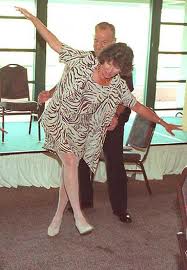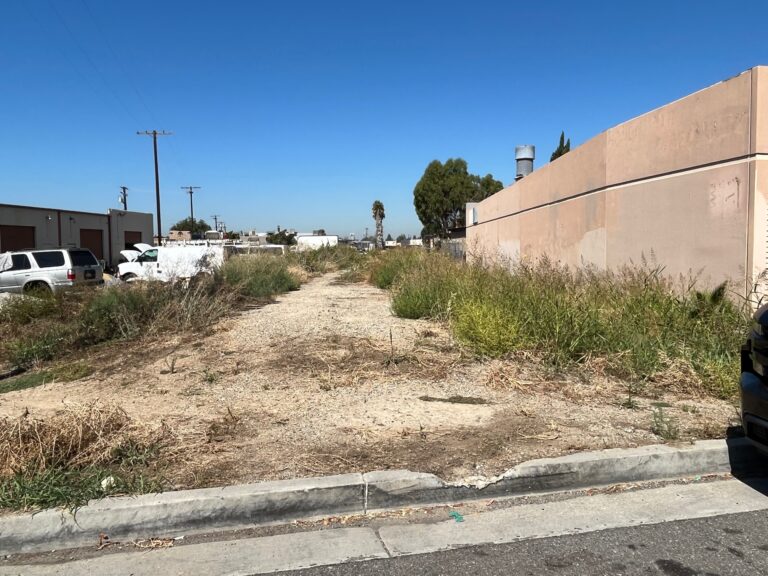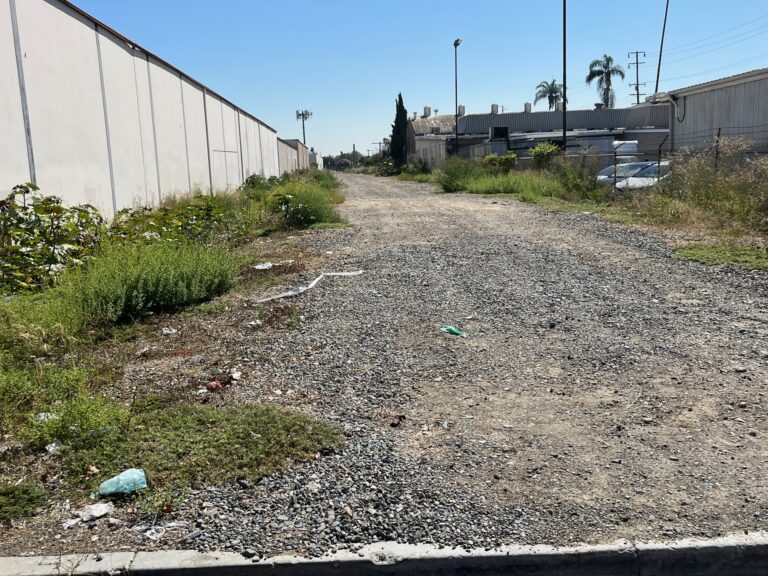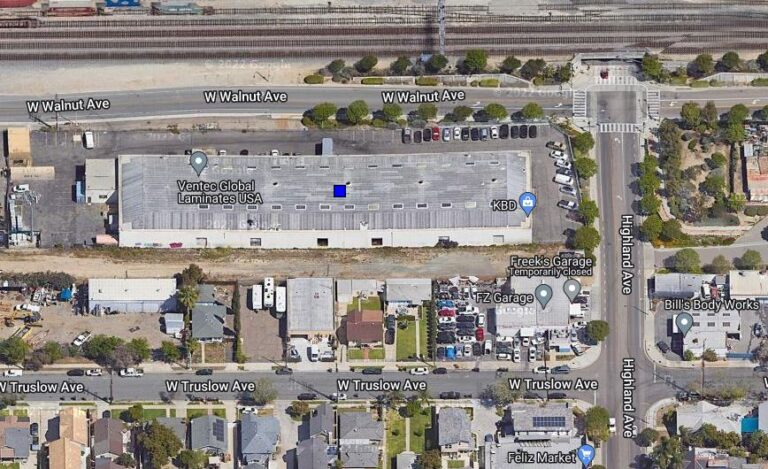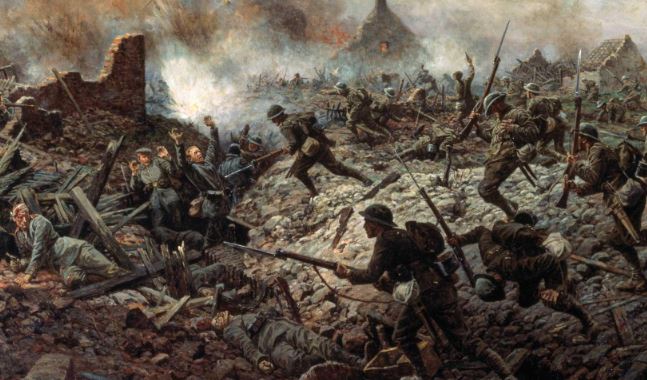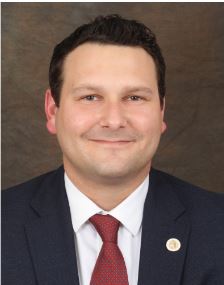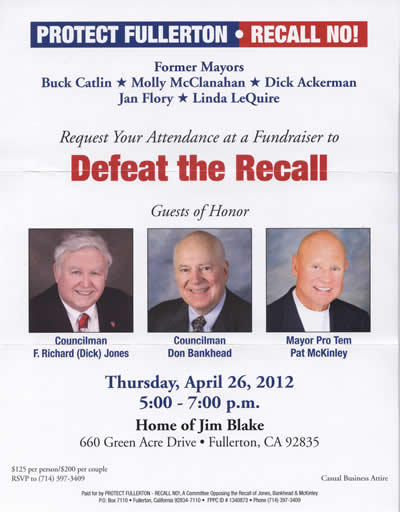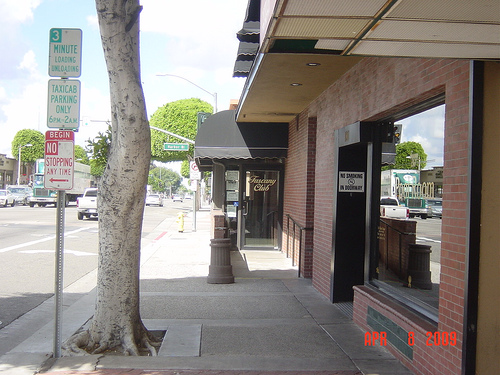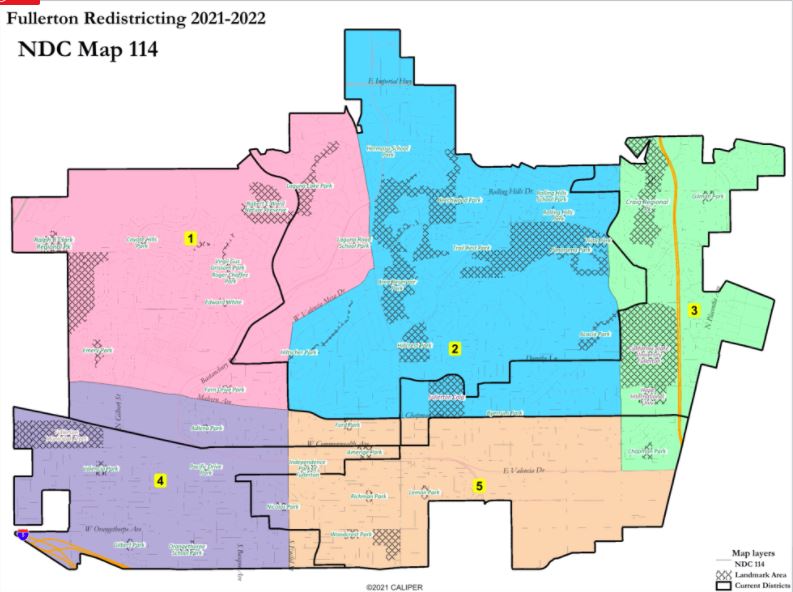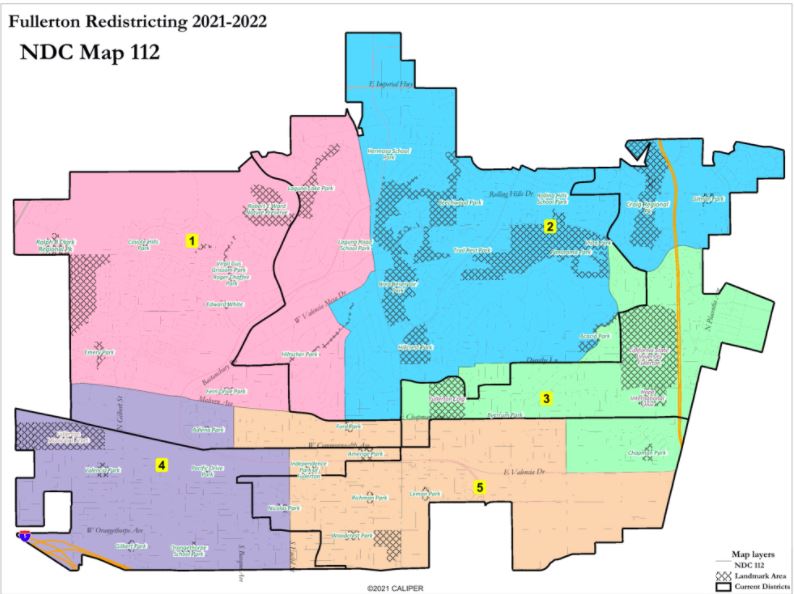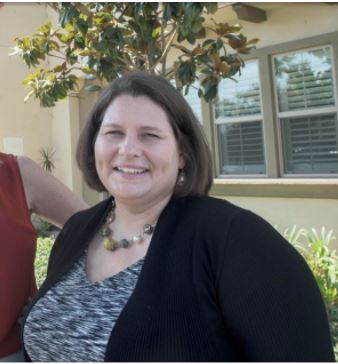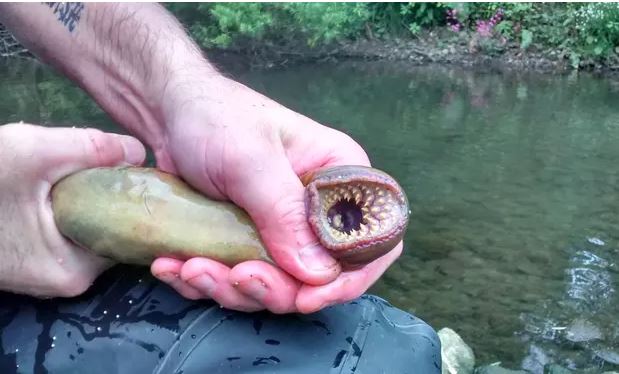
The Voice of OC did a story yesterday on the future of outdoor dining in Orange County. Featured in the piece was Fullerton’s own “Walk on Wilshire,” a pandemic-related action that let a few restaurants in the 100 Block of West Wilshire Avenue avail themselves of outdoor tables by closing the street to through traffic.
By 2021, the program had become a full-fledged bureaucratic effort in City Hall with signage, barrier squabbling, permanent bollards in the street and rent schedules; and even new lingo was trotted out, as the heretofore unheard of term “parklet” was applied – a meaningless designation, but one clearly calculated to inspire the notion that some sort of public recreation was going on.
Like all bureaucratic operations, Walk on Wilshire had taken on a life of its own. Most recently the “program” (for indeed, a program it had metastasized into) was extended until mid-2024. No one in Fullerton should have been surprised by this calcification, especially Councilman Bruce Whitaker who has been supporting the road closure. We’ve seen this sort of silliness before.
It’s Redevelopment lite. The mountains of play money are gone, but the completely misplaced can-do confidence of City Hall lingers on.
And almost nobody has showed much concern for traffic circulation or the impacts on businesses to the rest of the downtown area. The Voice piece did the usual interviews with government employees masquerading as experts in “economic development,” the folks who couldn’t prove that their efforts even pay for their own cost to the taxpayers. Of course they were touting hard.
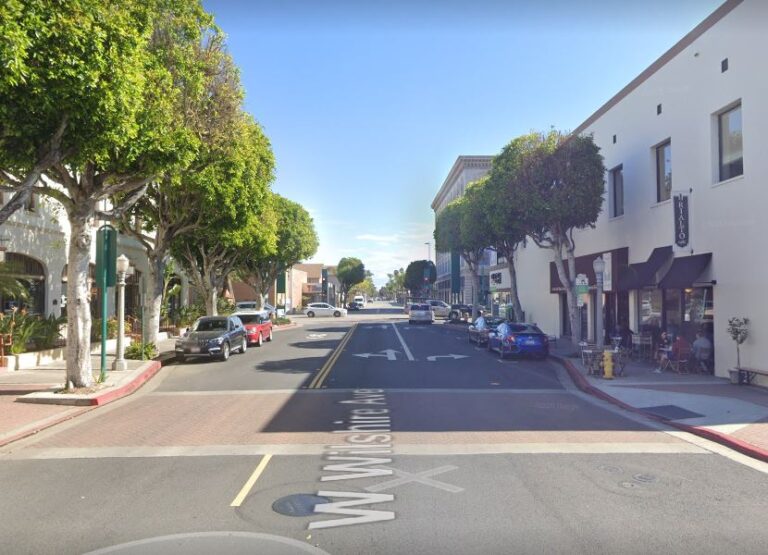
Coincidentally, a recent letter from Wilshire property owner Tony Bushala put the City on notice that the road closure had a negative impact on his business and he wanted the street closure removed. This missive was immediately leaked by Councilman Ahmad Zahra to the Fullerton Observer, where apparently a couple of the zanies broke into high hosannas about what a wonderful thing “WoW” is with its splendid parklets and bike passage. But is it widely regarded as such a civic amenity?
According to downtown sources, many of the businesses there are unhappy with the road closure as they see it benefitting just a few restaurants (and government rent collectors) at the expense of the greater good. So far none of these business operators have coalesced into a united group, but if they do we may hear a loud voice in opposition to parklets, barricades, and tables in the middle of a public roadway.
If there is action by the City Council to continue this program, the sailing may not be as smooth the parklet promoters hope.


